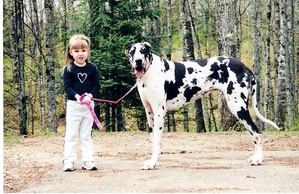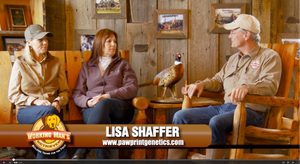Puppy-formula foods have been around for a long time. Theories, myths, personal beliefs and veterinarian recommendations concerning them began to form about 31 seconds after they hit store shelves. This mass of information and misinformation can make it confusing for a puppy owner to know what to feed and when to switch a puppy to an adult formula.
When my dogs were young, a popular theory was to switch a dog off of a puppy formula at around six months of age. It was believed that puppy formulas were too hot and caused bones to develop too fast. I switched both dogs, the lazy bulldog and active Labrador, to performance formulas at about that age. Both developed well and with no issues. But was it the right thing to do and does the advice still apply?
It turns out that a ton of research and changes have taken place around puppy formulas in the last 10 to 15 years, and that’s always good news – for knowledge, whether it proves or disproves your position, is a means to a better end.
“The myth of switching a puppy to adult food early persists to this day. It started at a time ...





